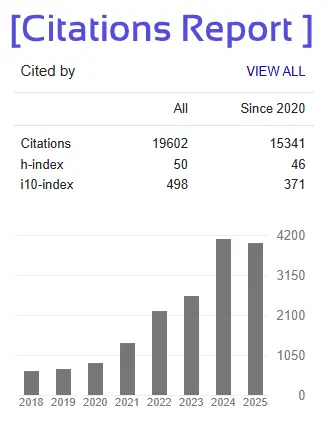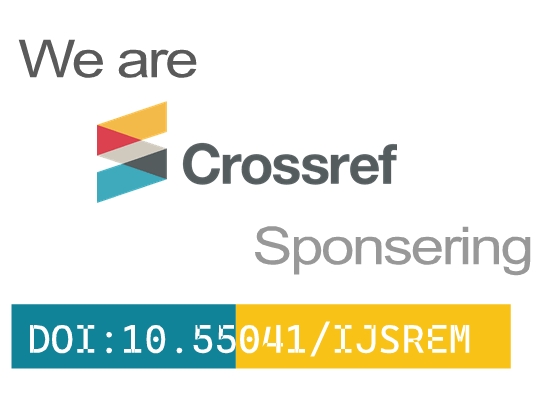An Analysis of the Central Government Expenditure Pattern and Its Impact on Economic Growth in India
Dr. Jagannatha. K, Ph.D., PDF
Faculty of Economics, Department of PG, Ramanagara PG Centre,
Bangalore University
Dr.Hanumantharayappa B.H, Ph.D
Faculty of Economics, Department of B.A (UG)
Bangalore University, Bengaluru-56
Email Id: hanubaragur@gmail.com
Abstract
Public expenditure plays a vital role in shaping a nation’s economic performance. In India, the central government's spending patterns reflect the priorities of development, social welfare, infrastructure, defense, and economic stability. Analyzing these patterns over time helps to assess how effectively public funds are allocated and whether they contribute positively to economic growth. This study aims to examine the trends in central government expenditure across major sectors and evaluate its impact on the country’s GDP growth, with a focus on both capital and revenue expenditures. It also seeks to explore the efficiency and sustainability of fiscal policy in promoting inclusive and balanced economic development. This study considers three key macroeconomic indicators to represent the economic growth of India: Gross Domestic Product (GDP), Economic Services, and Social Services. The data used in the analysis is secondary in nature and has been sourced from official websites of the Government of India and nationally recognized statistical organizations. The analysis was conducted using the exponential growth model with the aid of SPSS software. According to the results, central government expenditure has grown positively at an average rate of 9.5% during the study period, and this growth is statistically significant at the 1% level. The model demonstrates a high goodness-of-fit value of 97.3%, indicating a strong explanatory power. However, we reject the null hypothesis. Hence, this result implies that there is a significant impact of central government expenditure on economic growth in India.
Keywords: Structure, Development Expenditure, Non-Development Expenditure, GDP, and Capital Expenditure.







